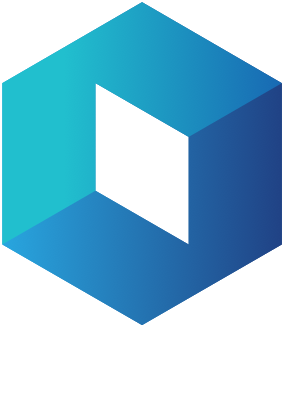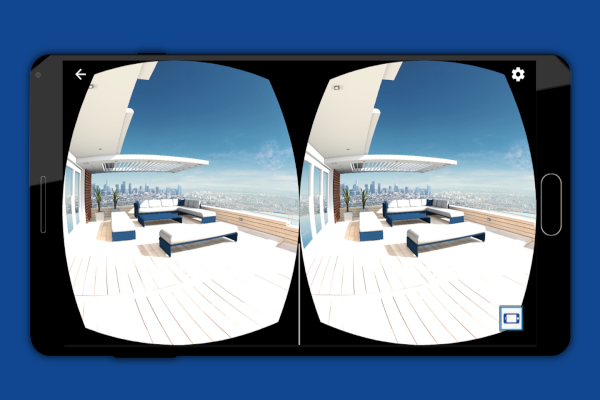ImmersaCAD



This project was born out of a concept in my senior year at the University of Tennessee with the aim of importing 3D CAD models into mobile VR, which had just launched with the Samsung Gear VR device. I co-founded a startup with my professor and we quickly assembled a company to rapidly publish the first-mover application of this type for the VR market. I was responsible for the development of the application from the ground floor to publishing and led product demonstrations to thousands of clients.
Being a very early adopter of consumer VR, we not only had to design a new product but also address key issues with motion sickness. The VR industry was still testing methods to solve motion sickness in users, but I had discovered a new approach to 3D navigation that reduced motion sickness greatly. We would just need to rapidly test the approach with as many users as possible.
Utilizing both the Samsung Gear VR and Google Cardboard, we were strictly limited by the computation power of our mobile phones. We would need to deploy tricks to allow users to import large and detailed 3D models into the application with a drop in framerate because this would lead to immediate motion sickness in VR.
When ImmersaCAD was still a class project, I scripted an approach to navigation in 3D space in which the user would gradually ascend in acceleration. I was not aware of the impact at the time, but it was enough of an improvement to be patented as One-Touch Navigation. Early tests had shown that users had an extremely easy time catching on to navigation, especially since at this time most users had never used a VR device. Most importantly, it was clear that motion sickness was not nearly as much of an issue in ImmersaCAD as it was in other VR applications. We had caught lightning in a bottle, but we needed to rigorously test it first.
In 2016, my team and I brought several Gear VR headsets loaded with ImmersaCAD and a catalog of digital 3D models to the Big Ears Festival in Knoxville, TN with the goal of testing this on as many users as possible to see the results. They were astounding, with very few complaints of motion sickness, and users noted the simplicity of navigation in the app. Now that motion sickness was managed, we would need to conquer the next bottleneck - the limitations of the mobile phone.
Our users were mainly engineers and architects that wanted to view large-scale, complex 3D models all from their phone. Due to the extreme limitation of mobile phones at this time, we had to be smart about how we were loading models. Some of the major improvements came from:
One of our early tests was with a demonstration to Clayton Homes. We sent out a team to take high-resolution photos of the latest suite of Clayton modular homes and created 3D models of each home with the pictures applied as textures. Users could navigate through the home of their choice, using a Google Cardboard and their phone, viewing all of its features in high-resolution 3D space.
ImmersaCAD was a product I built from the ground up. I managed it from inception, to publishing it on the Android/iOS store, to countless product demonstrations from festivals to CEOs. My unique approach to navigation in virtual space gained me a patent, and I quickly learned how to utilize Unity3D to work around device constraints. As of today, ImmersaCAD is no more. Other companies, such as Sketchfab, dominated the market with similar applications. Even though it is gone, it was an immense learning opportunity and was my first foray in Unity and VR development.